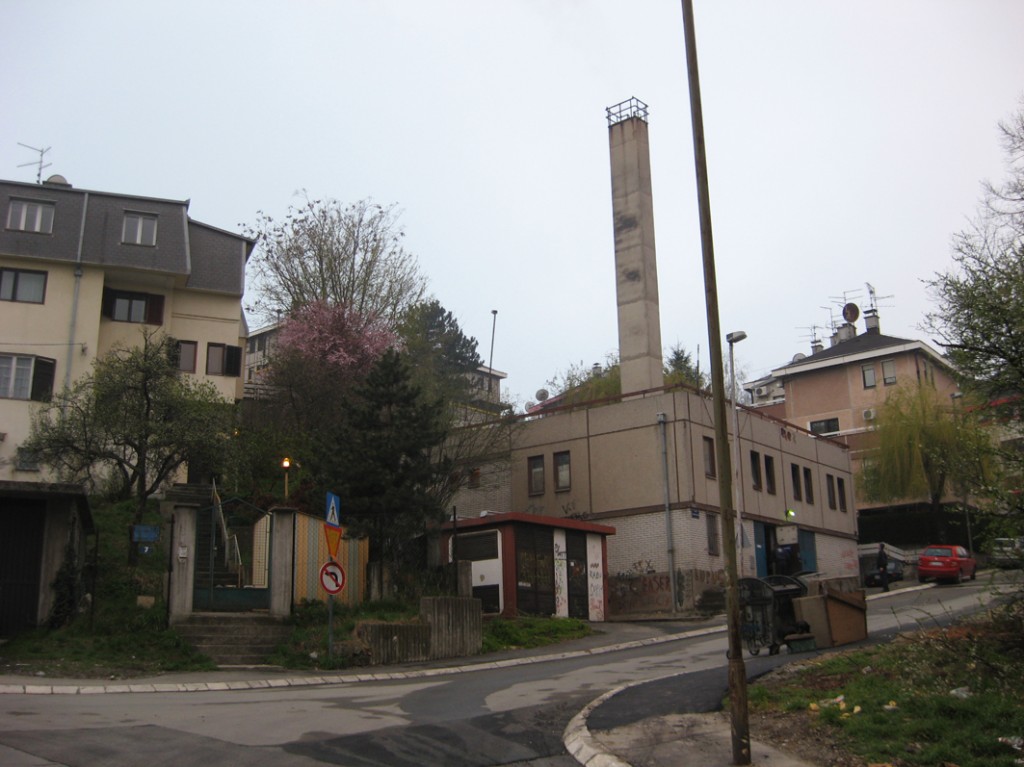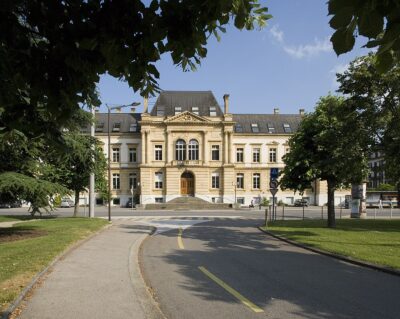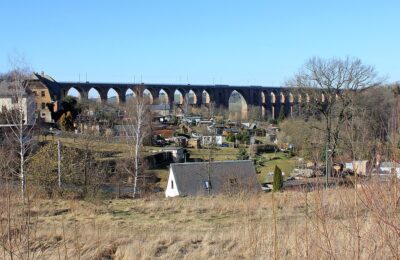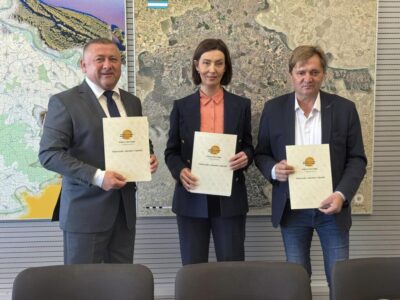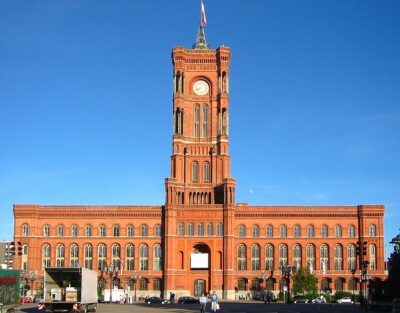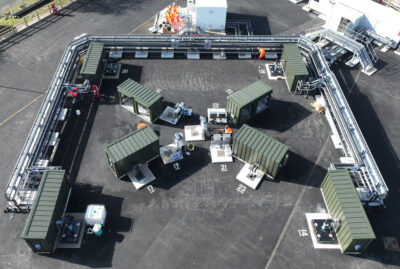Serbia needs to tackle air pollution and geothermal heating could help
With air quality being a big concern in Serbia, and good resources, geothermal energy could play an important part in helping cleaning up existing district heating systems and tackle air pollution.
A recent article reports on roundtable discussions held in September this year on air pollution and securing better access to clean water.
The Round table on environment, air quality, water and health, organized by the UN Team in Serbia, gathered various stakeholders from the state institutions, international organizations, as well civil society, who highlighted importance of environment protection in the context of the health, especially when it comes to the air and water quality.
In achieving its environmental goals Serbia can count on the support of various UN agencies, including UNDP, FAO, UNICEF, WHO and other partners in the Development Partnership Framework that was signed between the Serbian government and the UN Country Team for the period from 2016 to 2020 in May, 2017.
The framework foresees, among other things, cooperation and assistance in the field of environment, climate change and resilient communities, Steliana Nedera, UNDP Deputy Resident Representative, said.
As part of the discussions, the topic of air pollution as silent killer was a predominant theme. According to WHO estimates more than 5,400 people in Serbia die prematurely due to the air pollution.
Currently, district heating systems in Serbia are predominantly fuelled by fossil fuels, such as natural gas, lignite/ coal and fuel oil. This serves as a big contributor to the air pollution in the country, as it does in other countries in Eastern Europe. We have been reporting on efforts made in Poland to replace fossil fuel-based district heating with geothermal energy.
Over the past four years, there has been a continued growth in installed heating capacity and annual sales have increased more than 50% in the past four years. More than a quarter of the population is served by around fifty-seven district heating schemes.
With around 60 convective hydrogeothermal systems, and more than 159 natural springs, the country has a great potential for the direct use of geothermal energy resources for heating purposes. Currently, geothermal energy is used mostly for spas and recreation, but only a handful plants serve heating purposes.
With a number of private players looking into the development of geothermal projects, while focused on power generation, they could help fuel existing district heating systems in the country and thereby help improve air quality in the country.
Source: Balkan Green Energy News, Euroheat, Oudech, S and Djokic, I. “Geothermal Energy Use, Country Update for Serbia” (WGC2015)
